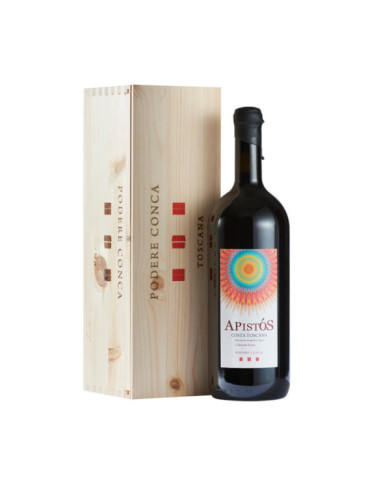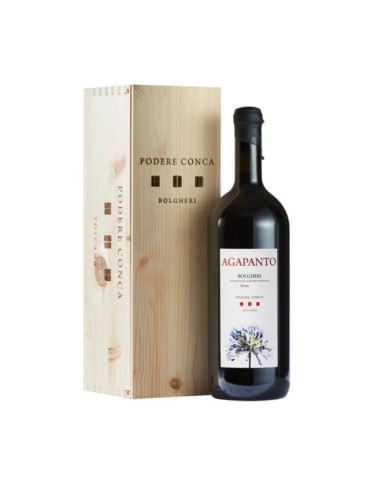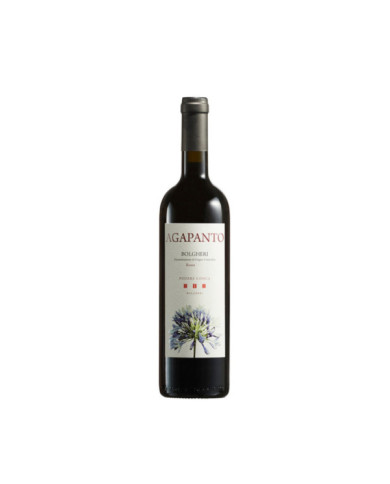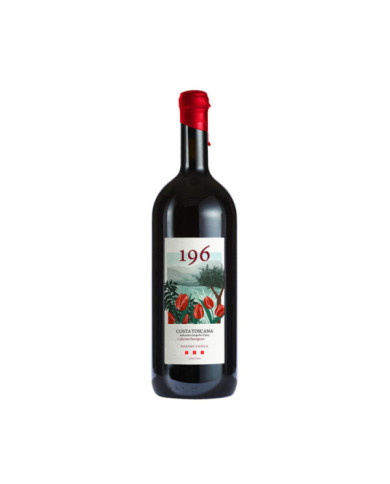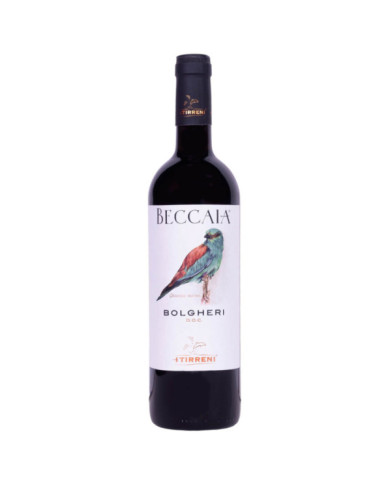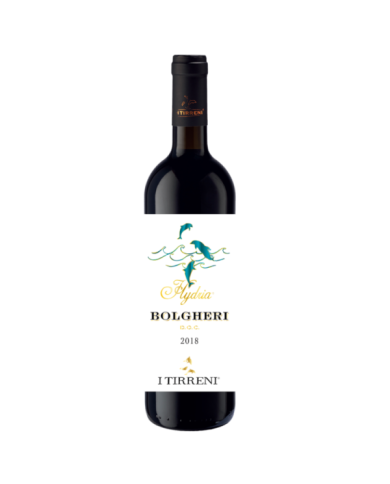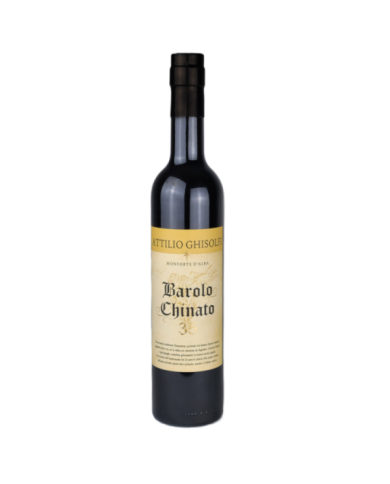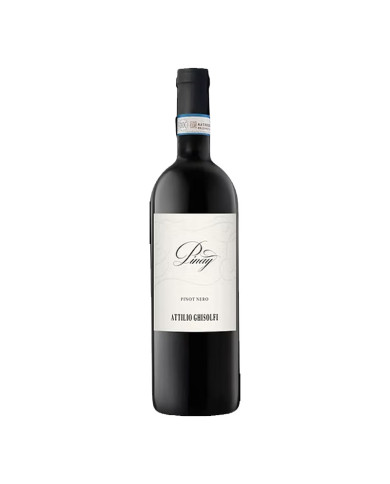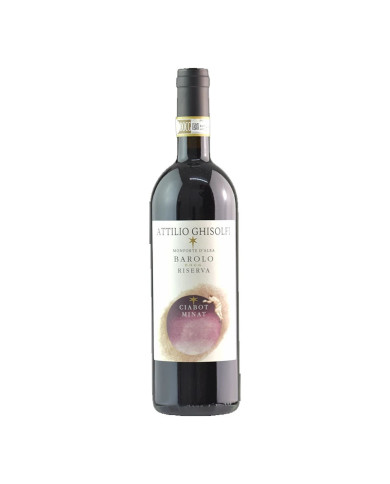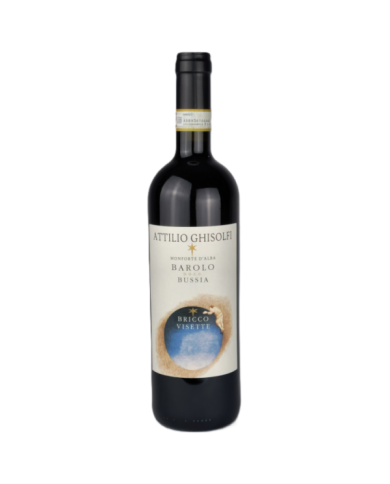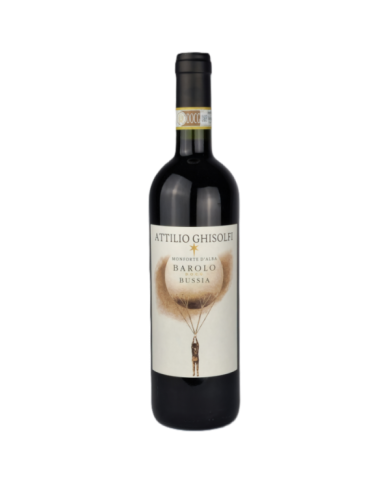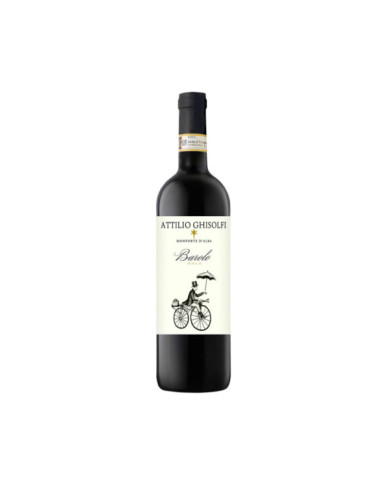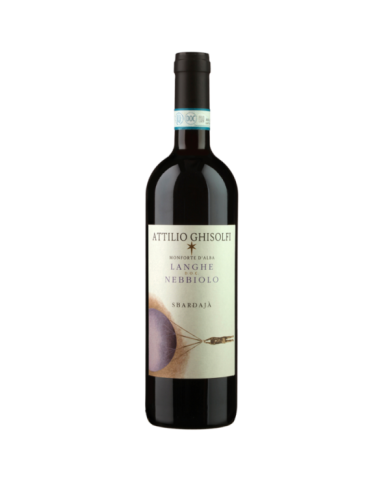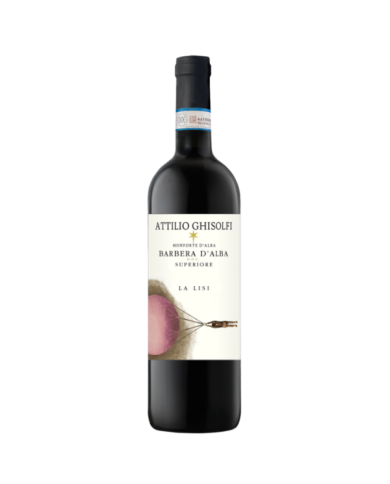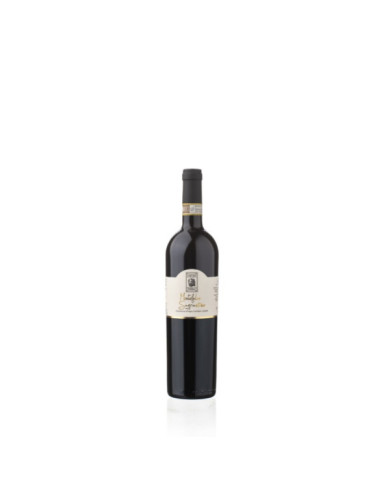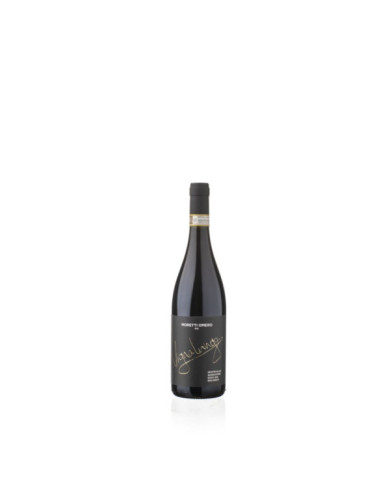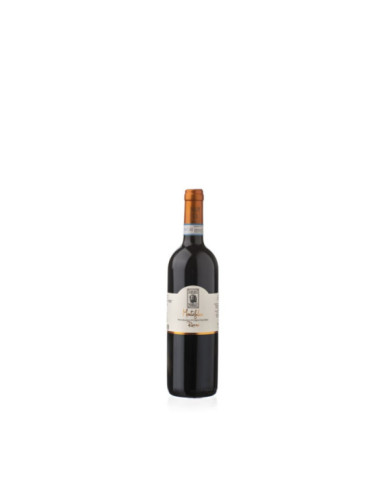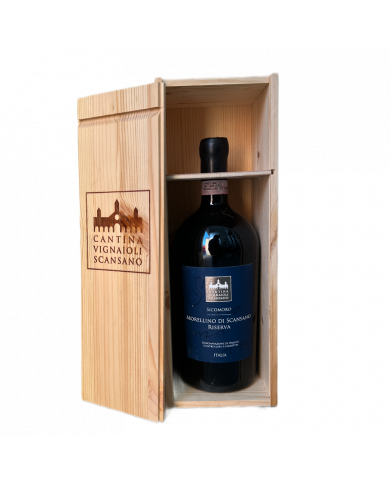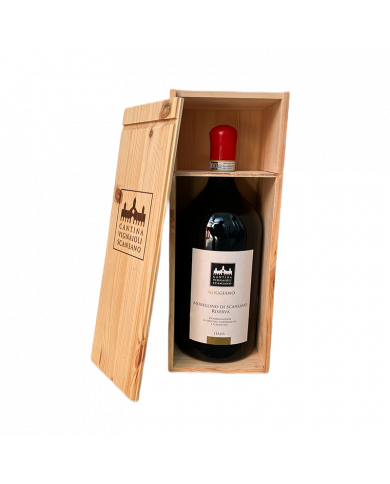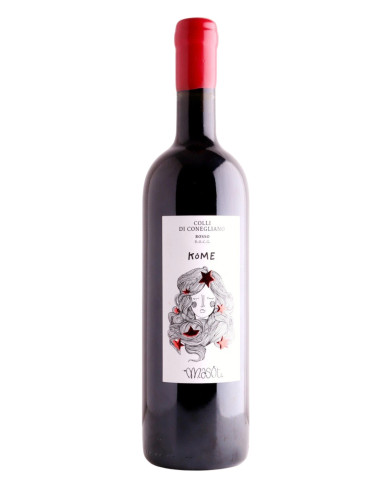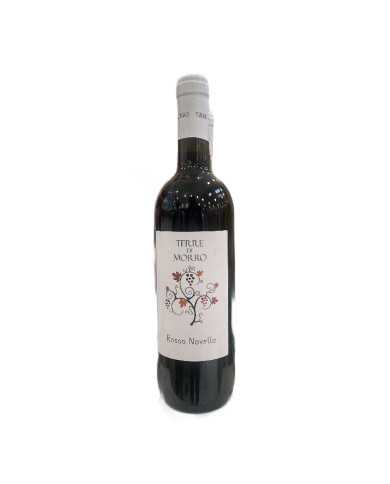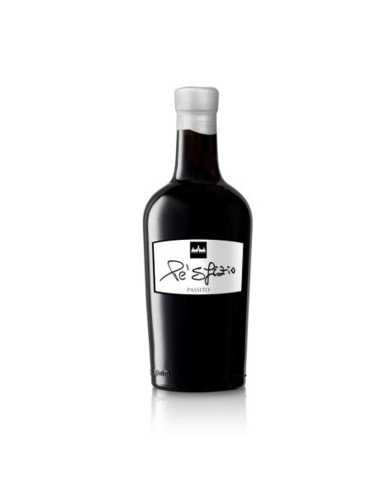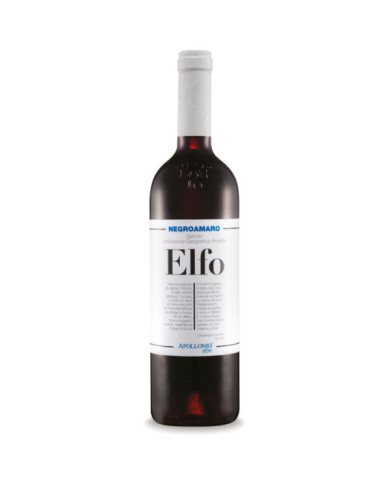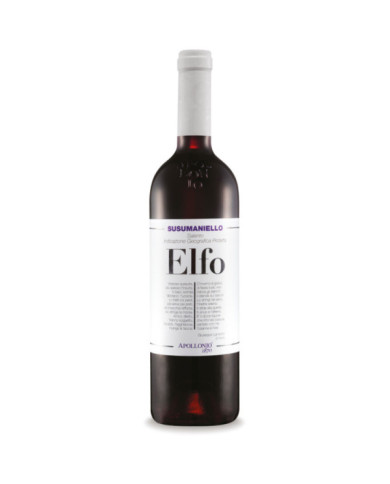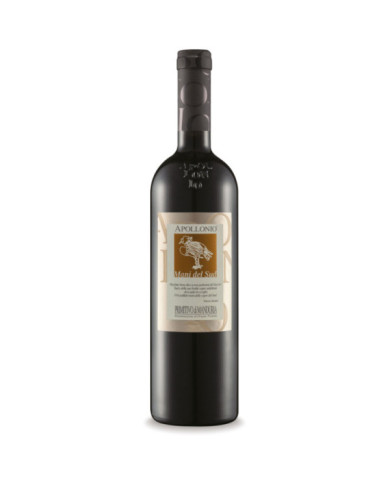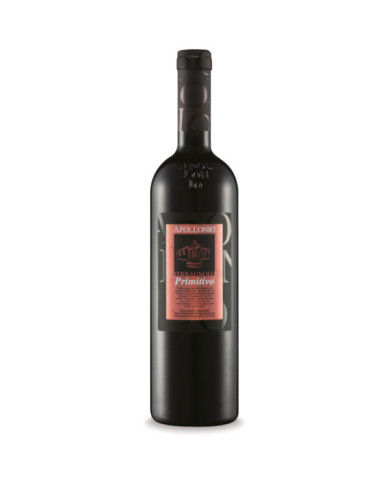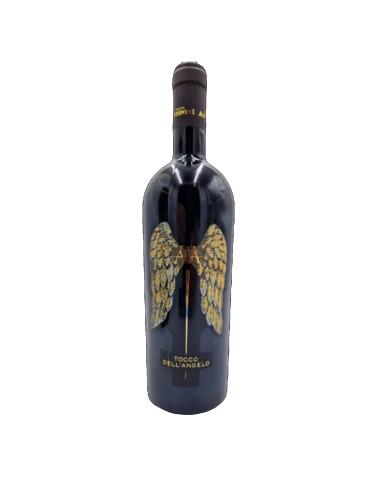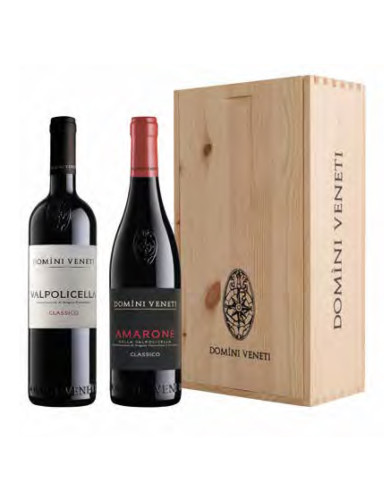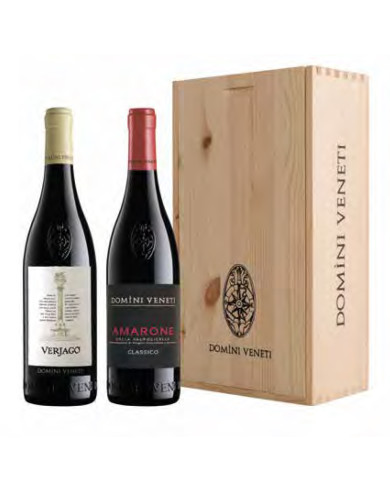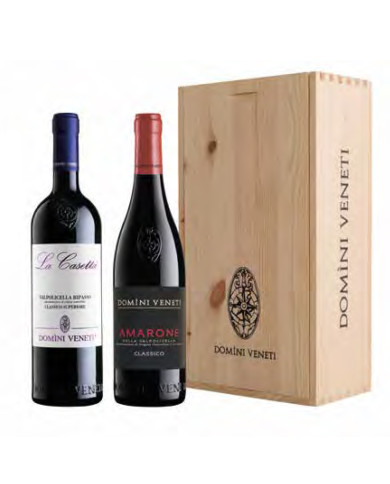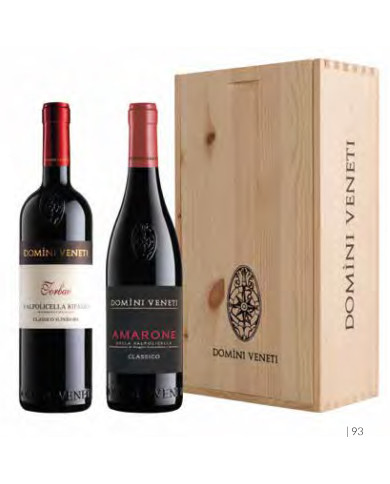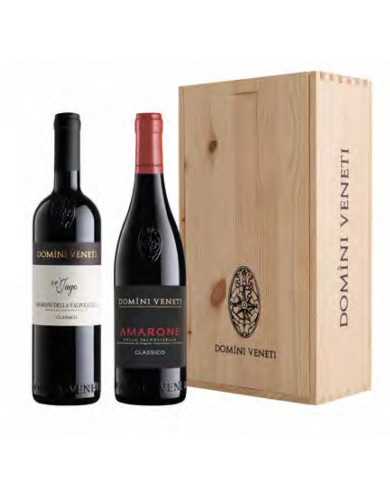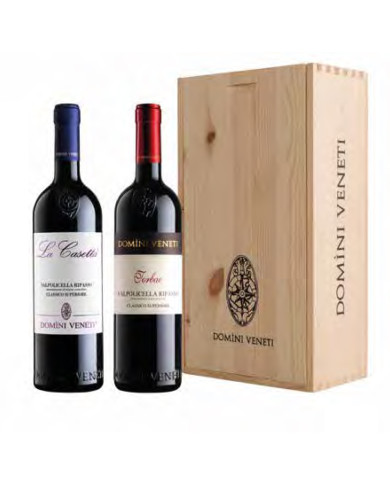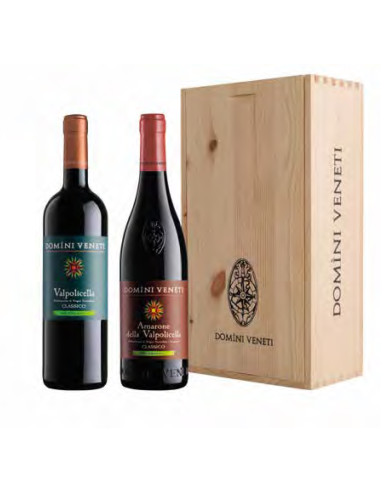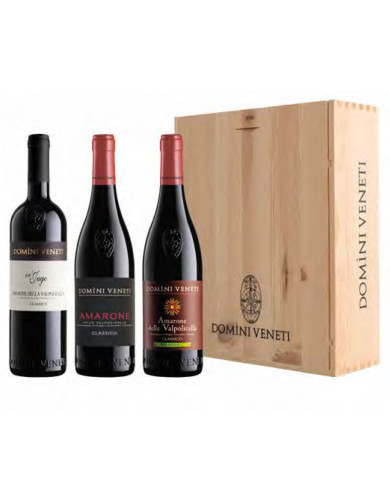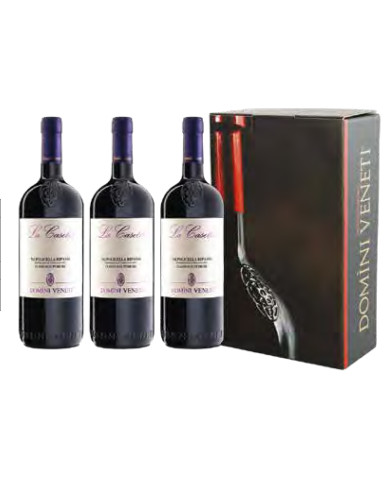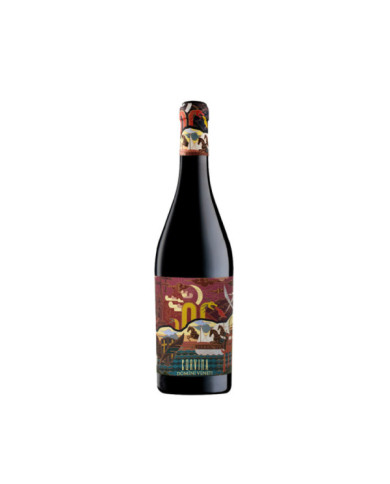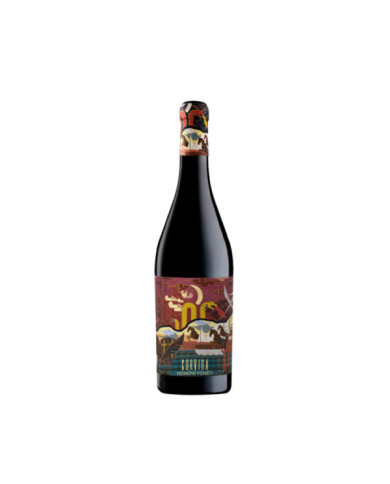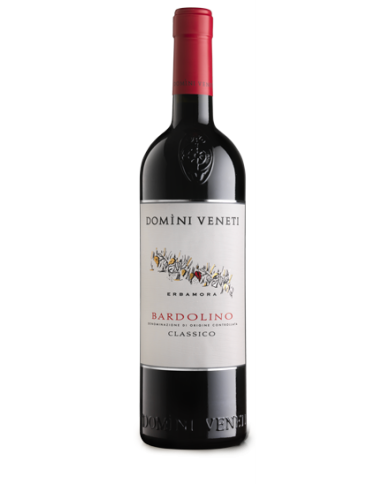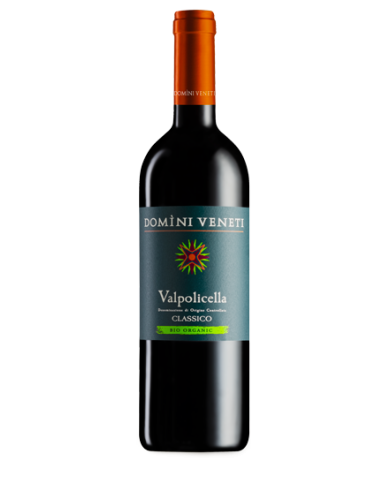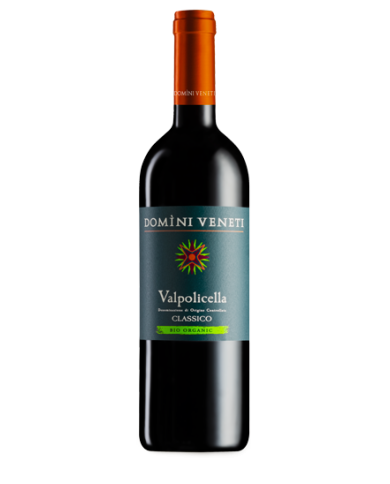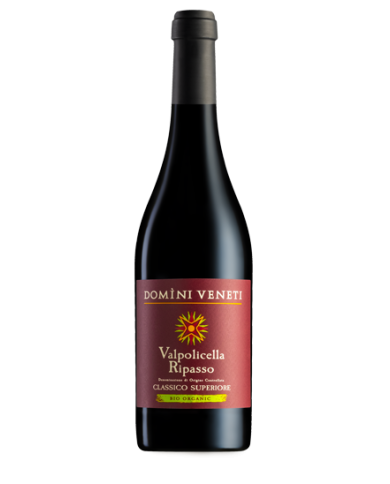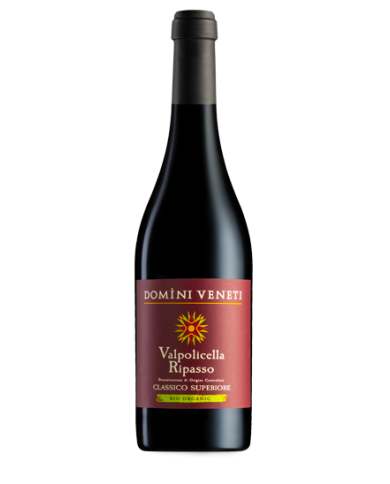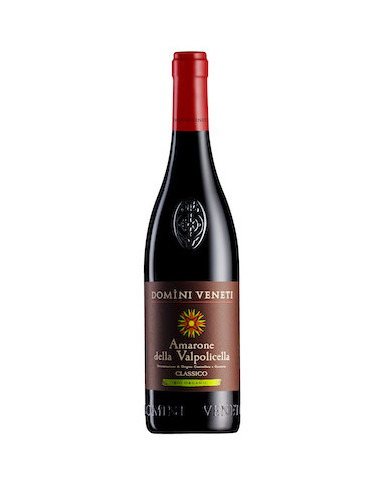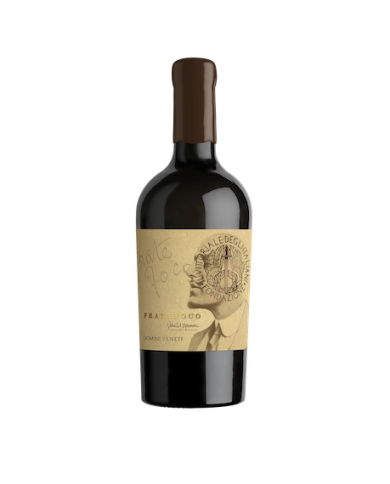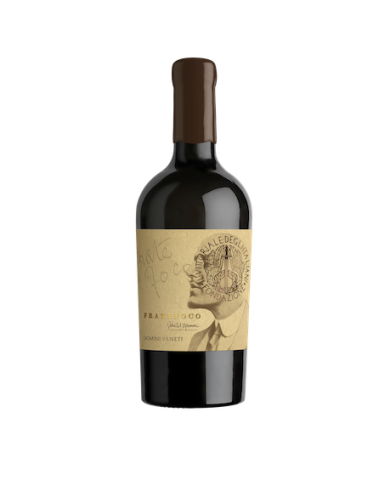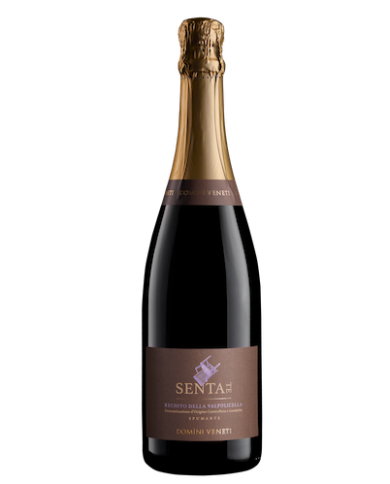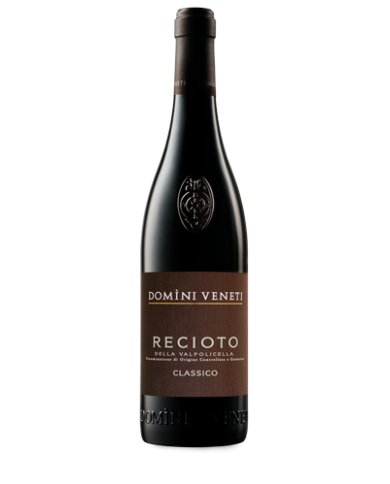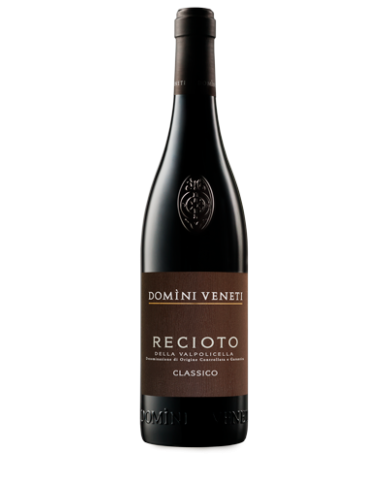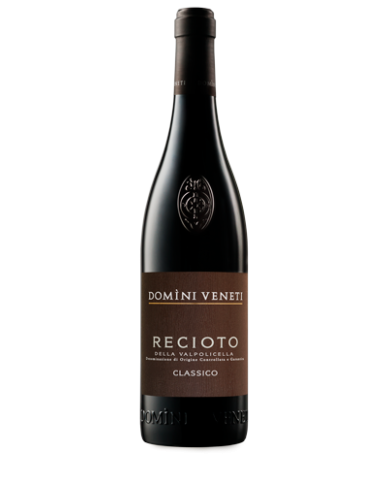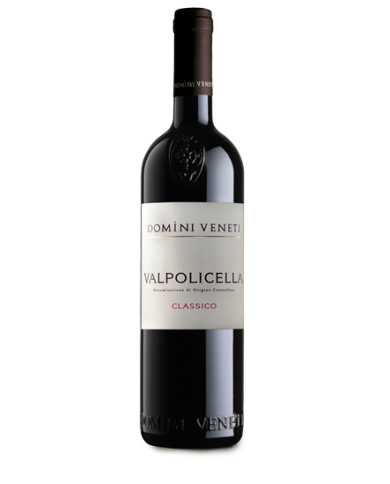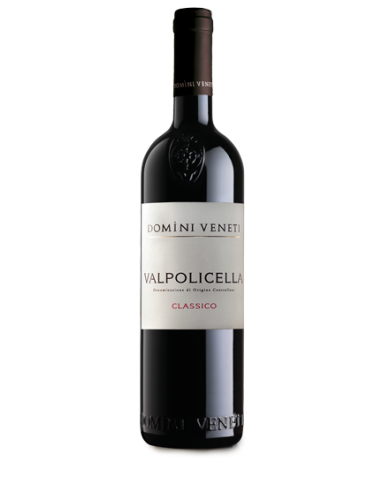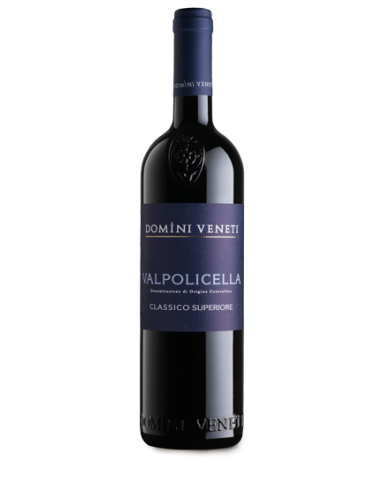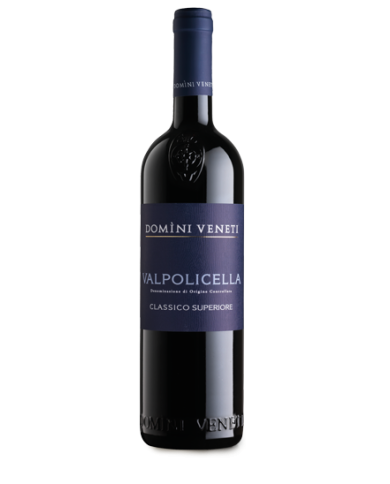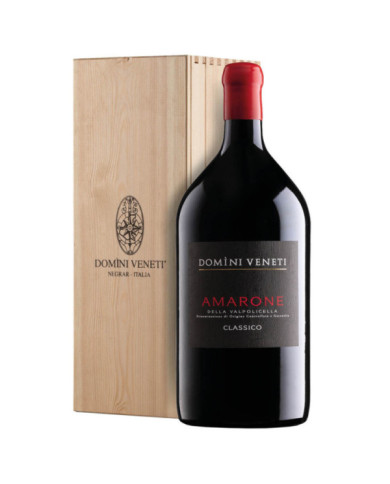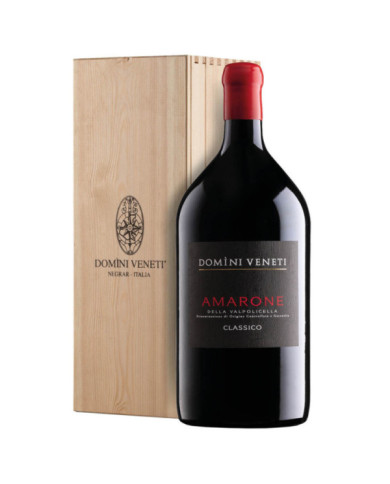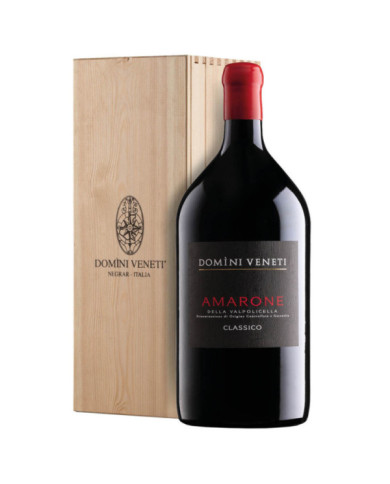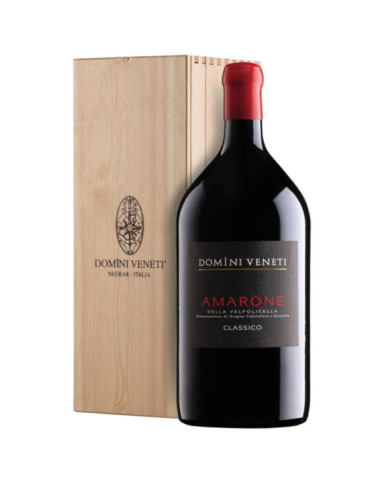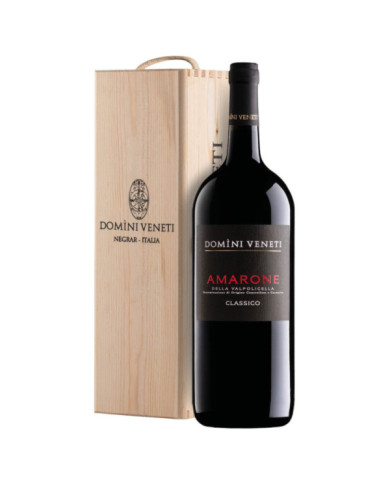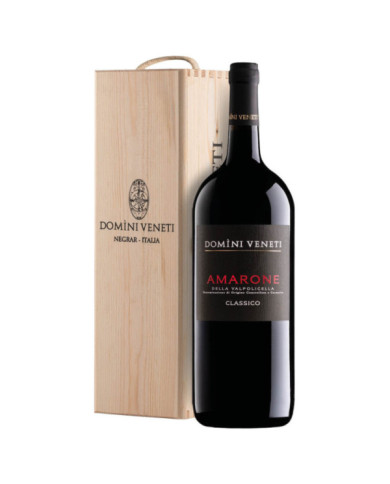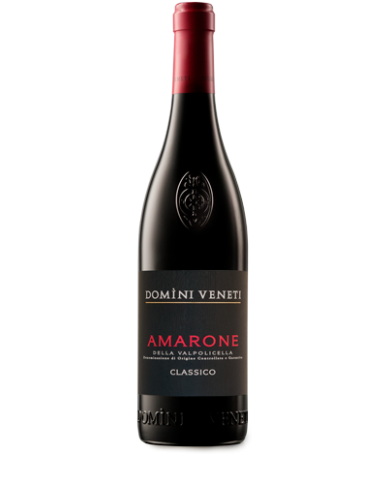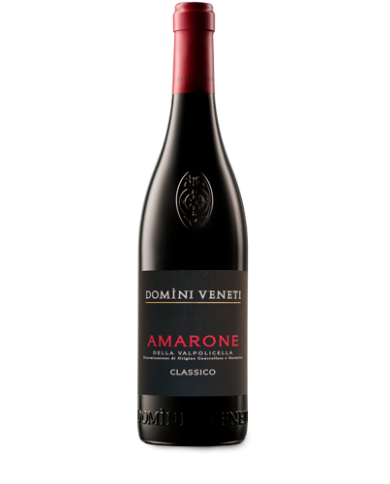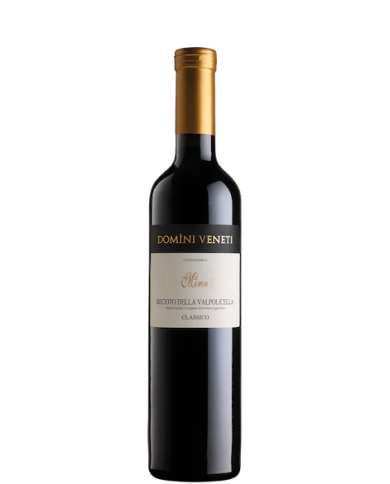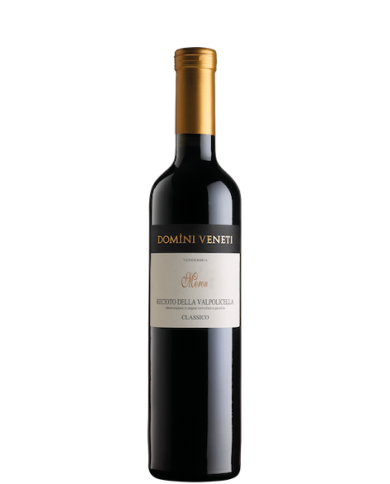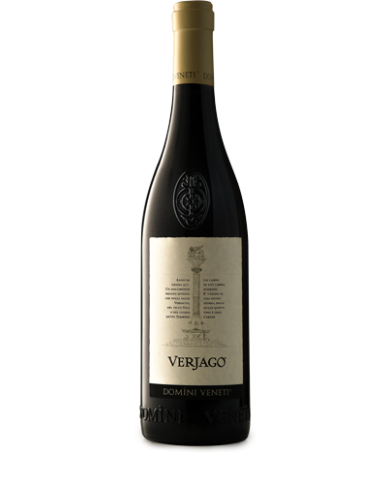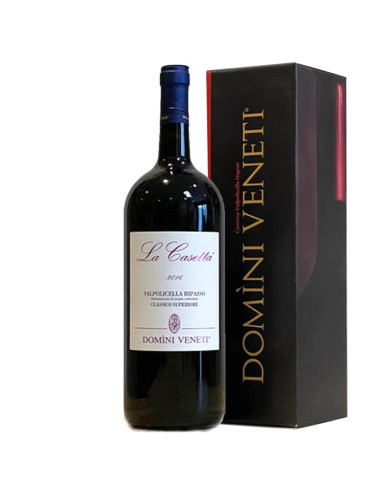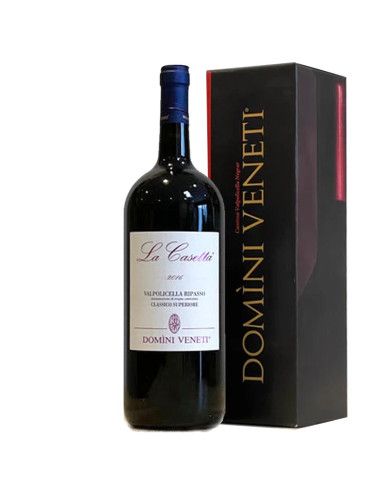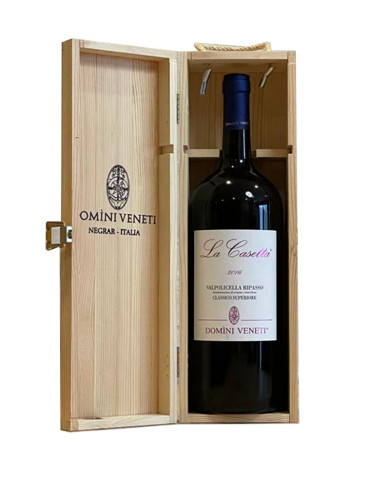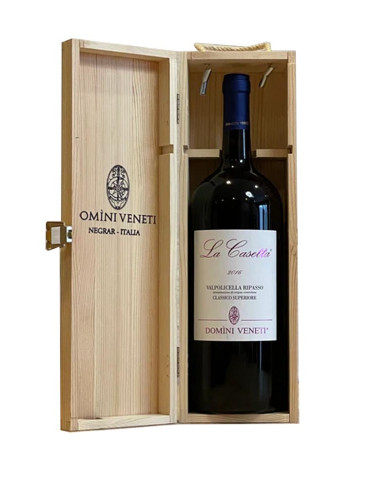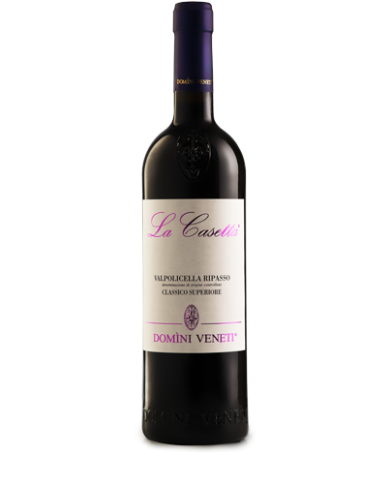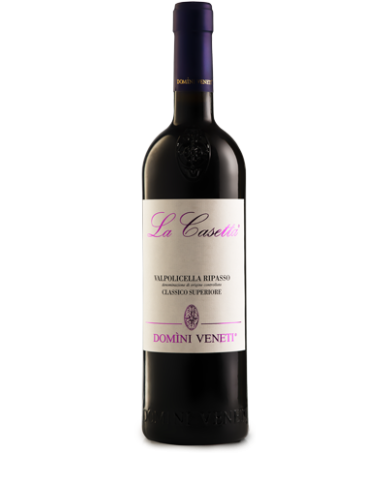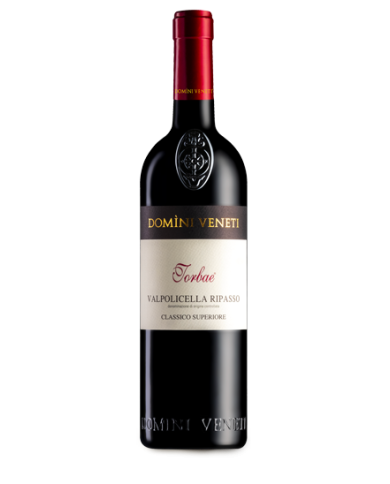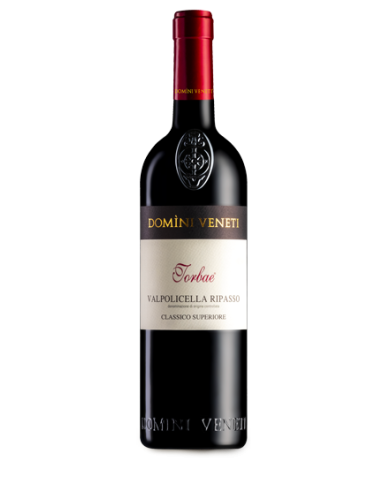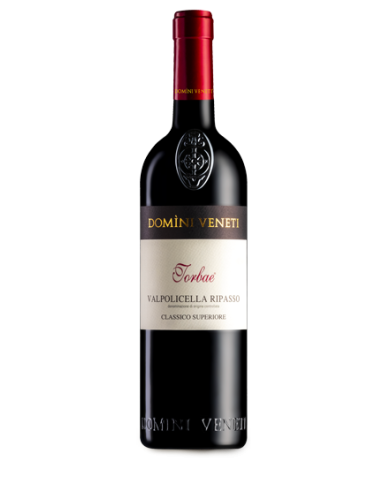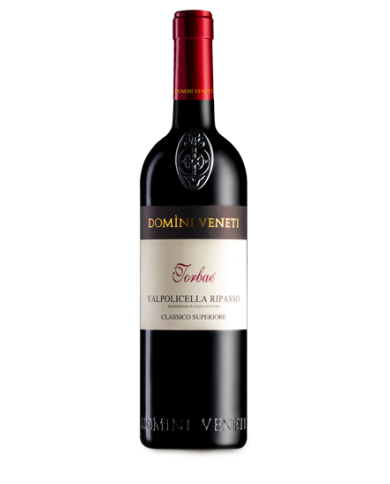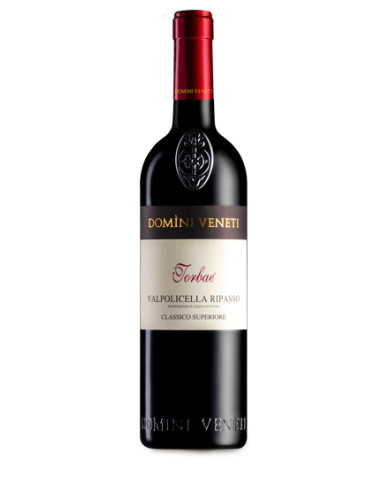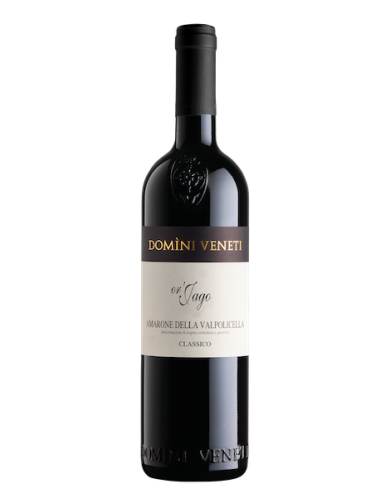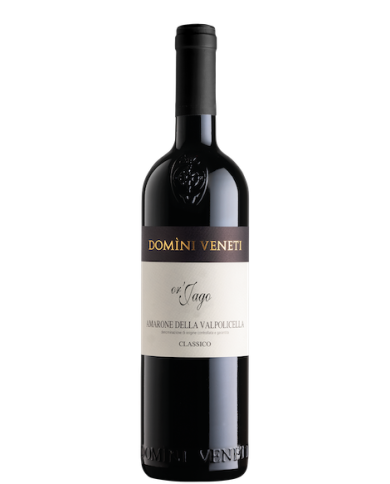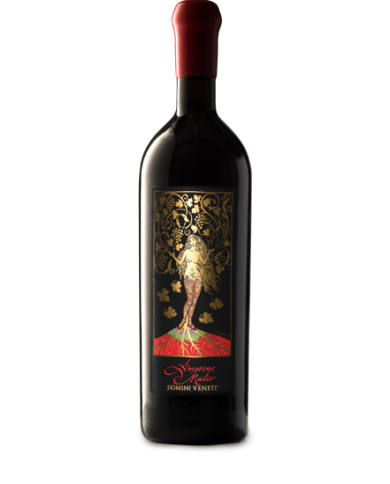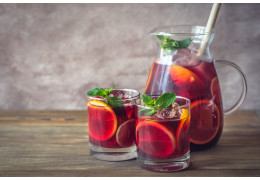Numero civico del Podere sulla via Bolgherese, che rappresenta il nostro centro aziendale, punto di riferimento per le nostre attività .
Nato nella seconda metà dell'800 per opera di un farmacista di Serralunga d'Alba come rimedio ai malanni stagionali. Il Barolo Chinato divenne nella tradizione piemontese lâantidoto principale a tanti piccoli malanni, soprattutto da raffreddamento. Bevuto come vin brulÃĐ, caldo e corroborante, si lodavano le capacità antipiretiche e digestive.
Il Barolo ha origini antiche. Esistono documenti che testimoniano la coltivazione del Nebbiolo nella zona delle Visette già a partire dal XII secolo. Lo stesso nome âVisetteâ deriva dallâespressione dialettale âvisâ(vite) e significa piccole viti. Ottenuto da uve Nebbiolo situate nel comune di Monforte dâAlba, zona Visette (Bussia).
Questo vino rosso si presenta con un elegante colore rubino che sfuma verso il granato, promettendo complessità e profondità . Al naso, sprigiona un bouquet raffinato e floreale, con delicate note di ibisco rosso che si intrecciano a sentori di prugna matura e lampone fresco. Al palato, conquista con la sua struttura armoniosa e avvolgente, offrendo un'esperienza piena e bilanciata. I tannini, moderati e ben integrati, accompagnano con eleganza ogni sorso, rendendo il vino già godibile fin da giovane. Il finale ÃĻ lungo e persistente, lasciando un piacevole ricordo fruttato e vellutato.
Questa ÃĻ la nostra espressione di Barolo âclassicoâ. Nellâantica tradizione il Barolo veniva prodotto non da un singolo vigneto ma unendo uve provenienti vigneti dislocati in diverse zone e comuni del Barolo. Noi otteniamo questo vino da uve provenienti dei comuni di Monforte, Castiglione Falletto e La Morra.
Classe e spontanea vivacità sono le caratteristiche che distinguono il Nebbiolo. Vino antico e già noto per le cantine di Casa Reale Savoia a partire dal 1600. â Sbardajà â ÃĻ un termine che deriva dal dialetto Piemontese e significa â sparsi â sparpagliati ed ÃĻ stato scelto questo nome poichÃĐ il vino ÃĻ ottenuto da uve Nebbiolo provenienti da vigneti sparsi tra Langhe e Roero (Monforte, Monteu Roero e Priocca)
Ottenuto da uve Barbera prodotte nei vigneti situati in Monforte dâAlba, zona Visette. Il nome La Lisi deriva da "Lisirun", il vecchio cascinale dove la nostra famiglia ha mosso i primi passi nel mondo della viticoltura.
Vibrant ruby red. Small red fruits on the nose, including the typical hint of blackberries. Balsamic hints. Elegant and powerful. Persistent finish with returns of berries and spices. Fermentation 15 days. Maceration 20 days on the skins. Contact with fine lees for 6 months. Batonnage.
Ruby red color with deep graphite tips. Dried plum, blackberry jam on the nose. Complex and rich in the mouth, with cloves and bitter chocolate on the finish. Persistent and pleasant in the dry finish.
Central core of succulent wild berries, violet flowers. Full-bodied wine with a fine tannic texture. Fruity finish with light spiciness.
Negroamaro, native to Puglia, is the main black grape variety of Salento. Its origins are very ancient (VIII century AC ), it probably owes its name to the terms ânigerâ (Latin) and âmavrosâ (Greek) which both mean black. The great versatility makes it suitable for all types of wines.
Susumaniello, an autochthonous black grape variety from Puglia, grown in Salento. Its name recalls, in the Apulian dialect, the name of the "somarello" indicating the high productivity of the plant loaded with bunches "like a donkey". After the first decade of life of the vineyard, the bunch is unloaded of grapes and the production loses in quantity but improves in quality, producing wines of great expression.
Primitivo, a native black grape variety of Puglia. It owes its name to the characteristic vegetative phases of the plant, all early, from maturation to budding, from flowering to veraison, from which the old name of "Primaticcio" derives.
Negroamaro, native to Puglia, is the main black grape variety of Salento. Its origins are very ancient (VIII century AC ), it probably owes its name to the terms ânigerâ (Latin) and âmavrosâ (Greek) which both mean black. The great versatility makes it suitable for all types of winemaking.
Primitivo, a native black grape variety of Puglia, owes its name to the characteristic vegetative phases of the plant, all early, from ripening to budding, from flowering to veraison, from which the old name of "Primaticcio" derives.
Primitivo, a native black grape variety from Puglia. It owes its name to the characteristic vegetative phases of the plant, all early, from maturation to budding, from flowering to veraison, from which the old name of "Primaticcio" derives.
24 karat gold is unquestionably the most valuable. It is what you give or buy at an important moment, to celebrate a goal, to keep a beautiful and strong emotion alive. Our 24 Carat is preciousness and excellence. The grapes come only from those vineyards that can boast the best exposure and from carefully selected bunches, whose grapes are harvested at the perfect degree of ripeness, by careful, expert and delicate hands. It is a wine studied to aim for perfection.
âLa Casettaâ ÃĻ un Valpolicella Superiore Ripasso eclettico, che ci rappresenta nello stile e nellâunione fra tradizione e contemporaneità . Pluripremiato in Italia e allâestero, ha saputo conquistare il palato di tutti, compreso quello dei millennial.
Vendemmia: fine Settembre, inizio Ottobre con selezione esclusivamente manuale. Conservazione in acciaio fino a Febbraio e ripasso sulle vinacce di Recioto. Affinamento: legno + acciaio + bottiglia.
THE BEST ITALIAN RED WINES
In this section of our online wine shop Clickwine you can find the best Italian and foreign reds for sale, ideal for accompanying everyday dinners or important events with style and elegance. Clickwine has selected the most famous reds on the wine scene including the best denominations as well as some niche products and some wines from Abruzzo that will amaze the most curious enthusiasts. Among the best wines, the red wines of Abruzzo cannot be missing.
One of the best Italian wines is undoubtedly Montepulciano d'Abruzzo DOC, which is one of the best known Italian red wines in the United States.
Montepulciano is the most widespread red grape variety in the Marches and Abruzzo, where rich and expressive red wines are born, ideal for sharing with those who love tasty home cooking, and it is also perfect for a barbecue with friends.
THE PRODUCTION OF RED WINE
The red wine is obtained from red berried grapes, thanks to a production process which takes the name of "vinification in red". This process involves the contact between marcs (husks and seed residues) and wort during the fermentation phase
One of the first steps in the production of a red wine consists in choosing the harvest period. The grapes are harvested when the sugar level reached is what the winemaker deems necessary to produce the desired alcohol content.
After harvesting, the bunches arrive in the cellar where the stalk is removed (stemming) before the grapes are pressed to obtain the must.
Maceration causes the release of polyphenols from the skins and in particular anthocyanins, from which derives the red color of the must. The tannins, on the other hand, derive from the grape seeds. The duration of the maceration is about 10-15 days.
In the meantime the alcoholic fermentation starts, triggered by the yeasts present in the skins or by added yeasts. This natural process is favored by an increase in temperature, which however must be kept between 25 and 30°C in order not to affect the quality of the wine.
During this process it is possible that the pomace forms a surface layer which, by preventing contact with the liquid part, could lead to the development of acetic acid. However, various techniques are available to winemakers to remedy this problem.
After alcoholic fermentation, malolactic fermentation takes place, i.e. the transformation of malic acid into lactic acid. It is an essential moment for the vinification of red wines because it increases their softness and smoothes out their sharp edges and hardness.
The must has now been transformed into wine, but racking is therefore necessary, i.e. the elimination of residues, to be carried out by filtration or static settling. This last method, less invasive, consists in lowering the temperature in the tanks so that the substances to be eliminated settle on the bottom.
Once "cleaned", the wine is ready for refinement, lwhose minimum duration is established by the DOC regulations, which can take place in steel, in cement tanks, in large capacity barrels or in small barrels or barriques. At the end of the maturation phase, the bottling takes place: the wine begins its refinement in the bottle and, after another possible rest in the cellar, it is put on the market.
RED WINE: PROPERTIES AND BENEFITS
Is red wine good for health? Many people ask themselves this question to which the numerous studies have not yet given a definitive answer. Many studies affirm some properties, others deny it. Below we list the most widespread beliefs about the properties and benefits of red wine, which, as mentioned, are not certified by the medical community in an absolute sense. You can believe it or not.
- Natural antioxidant: the polyphenols contained in red wine are antioxidant substances that would slow down the aging of some cells
- Promotes digestion: would protect the intestinal flora
- Increase endorphins: in small doses it helps the brain release endorphins and would make us feel more relaxed
- Prevents cardiovascular diseases: thanks to the resveratrol which would promote blood circulation
- Many authoritative studies state that the substances contained in red wine have these properties and benefits, but are present in such small doses that they are absolutely irrelevant for the body.
HOW MUCH DOES RED WINE COST?
The prices of red wines can fluctuate based on various factors, including the value of the bottle, the production area and the demand. The online wine shop Clickwine offers a wide selection of Italian red wine offerings. Our online wine shop offers alongside the most famous names, also cheaper labels suitable to accompany everyday life. Fromforget about running from one shop to another, but save time for the really important things: enjoying an excellent glass of red wine. Scroll through our products to find the best red wines at the best price.
PAIRINGS WITH RED WINE
Browsing the individual product sheets in our online wine shop, you will discover the suggested pairings for each red wine: white and red meats, game, braised meats, grilled meats, risottos, traditional Italian first courses but also cold cuts and cheeses, vegetables, sauces and structured dishes .
How should a good red wine be?
How long can a red wine stand?
How can it be red wine?
Why can't red wine be refrigerated?
Why is drinking red wine good for you?
Who can't drink wine?
- Women who are pregnant or breastfeeding, as alcohol can pass through the placenta and into breast milk, endangering the health of the fetus or newborn.
- People who suffer from alcohol addiction or who have problems with alcoholism, because the consumption of wine can worsen their state of health.
- People taking medications that can interact with alcohol, such as antidepressants, pain relievers, or heart medications, because alcohol can increase the side effects of medications.
- People who have health problems, such as liver disease or gastritis, because alcohol can worsen symptoms and aggravate health conditions.
In any case, it is always advisable to seek advice from your doctor or pharmacist before consuming wine or other alcohol.







